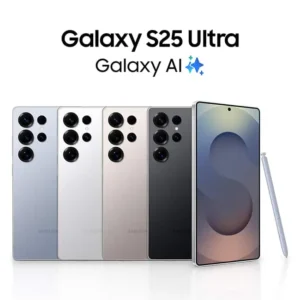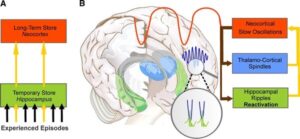
Google has introduced a major update to its Gemini platform, enabling real-time processing of audio, video, and screen input. This enhancement strengthens Google’s position in multimodal artificial intelligence and opens new opportunities for interactive applications, automation, and natural user experiences.
What is New
Key highlights of the update include:
- Multimodal Live API that supports streaming of text, audio, video, and screen captures with low latency
- Real-time processing of live camera feeds, screen content, and microphone input
- New media resolution controls and improved multimodal reasoning through the Gemini 3 API
- WebSocket streaming support and integration features for developers, including function calling and tool execution
Why This Update Matters
- More natural interaction by combining speech, visuals, and contextual input
- Enables new real-time-use applications in education, assistance, diagnostics, and collaboration
- Provides competitive advantages in the multimodal AI ecosystem
- Creates opportunities for enterprise-level automation and productivity improvements
Potential Challenges
- Higher resource usage for real-time streaming and processing
- Strict privacy considerations, especially when handling screen or camera data
- Hardware limitations and network constraints that may affect performance
- Adoption complexity, requiring architectural changes and new development workflows
How Developers and Businesses Can Benefit
- Explore the Gemini Live API documentation to understand features, limits, and streaming patterns
- Test real-time interaction use cases such as remote support or visual learning tools
- Prepare infrastructure to support streaming workloads and backend processing
- Implement proper security, user consent, and data protection policies
- Measure user engagement, latency, and overall cost efficiency to refine integration
Future Outlook
This update is expected to drive:
- Increased adoption of AI assistants that respond to live visual and contextual input
- Growth in immersive applications across collaboration, training, and augmented reality
- Greater competition among AI platforms offering real-time multimodal capabilities
- Wider enterprise deployment for logistics, manufacturing, maintenance, and customer support






